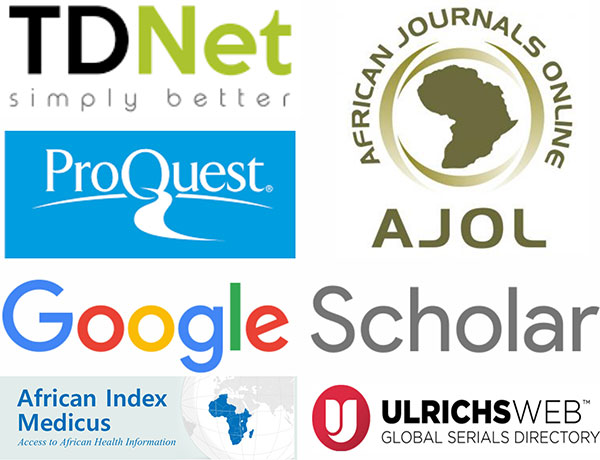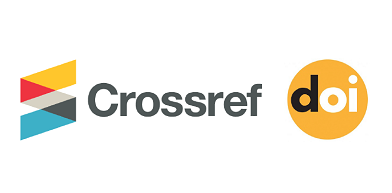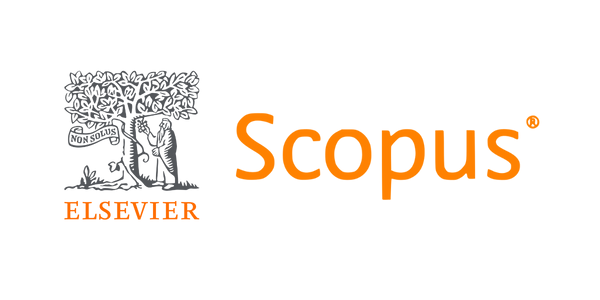Readiness of R21 Malaria Vaccine Introduction in Tertiary Hospitals in Northern Nigeria
DOI:
https://doi.org/10.61386/imj.v18i4.796Keywords:
Malaria Vaccines, Malaria, Nigeria, R21, ReadinessAbstract
Context: The R21 malaria vaccine was introduced in Nigeria to augment the already existing malaria control and prevention strategies. However, there is scepticism regarding its implementation success, especially in the Northern region.
Aim: The study assessed the readiness of three (3) federal University teaching hospitals (Ahmadu Bello University Teaching Hospital (ABUTH), Jos University Teaching Hospital (JUTH), and University of Maiduguri Teaching Hospital (UMTH)) in Northern Nigeria to implement the R21 malaria vaccine.
Methodology: A cross-sectional facility-based study design was employed, and data were collected using a modified validated WHO Malaria Vaccine Readiness Assessment Tool on Google Forms. The data was analyzed using Microsoft Excel, and readiness was determined using domain-specific scoring criteria.
Results: None of the hospitals met the readiness threshold of ≥95%. ABUTH had the highest overall readiness at 51%, followed by UMTH (42%) and JUTH (33%). ABUTH was fully ready in training, UMTH was fully ready while JUTH was partially ready in vaccine, cold chain and logistics. However, all hospitals were off-track in advocacy and social mobilization, as well as monitoring and supervision.
Conclusion: The findings reveal critical gaps in institutional readiness for implementing the R21 malaria vaccine in Northern Nigeria. Without urgent investment and coordinated planning, the successful rollout of the R21 malaria vaccine in Northern Nigeria and other critical vaccines may be compromised. Therefore, it is recommended that the government strengthen planning, funding, advocacy, and community engagement to ensure the vaccine’s impact and improve the broader immunization infrastructure.
Downloads
Published
Issue
Section
Categories
License
Copyright (c) 2025 Haruna JJ, Kemuel K, Akosile JO, Musa A, Karimu P, Zira I, Okpunyi EW, Halimatu A, Markus RZ

This work is licensed under a Creative Commons Attribution 4.0 International License.










